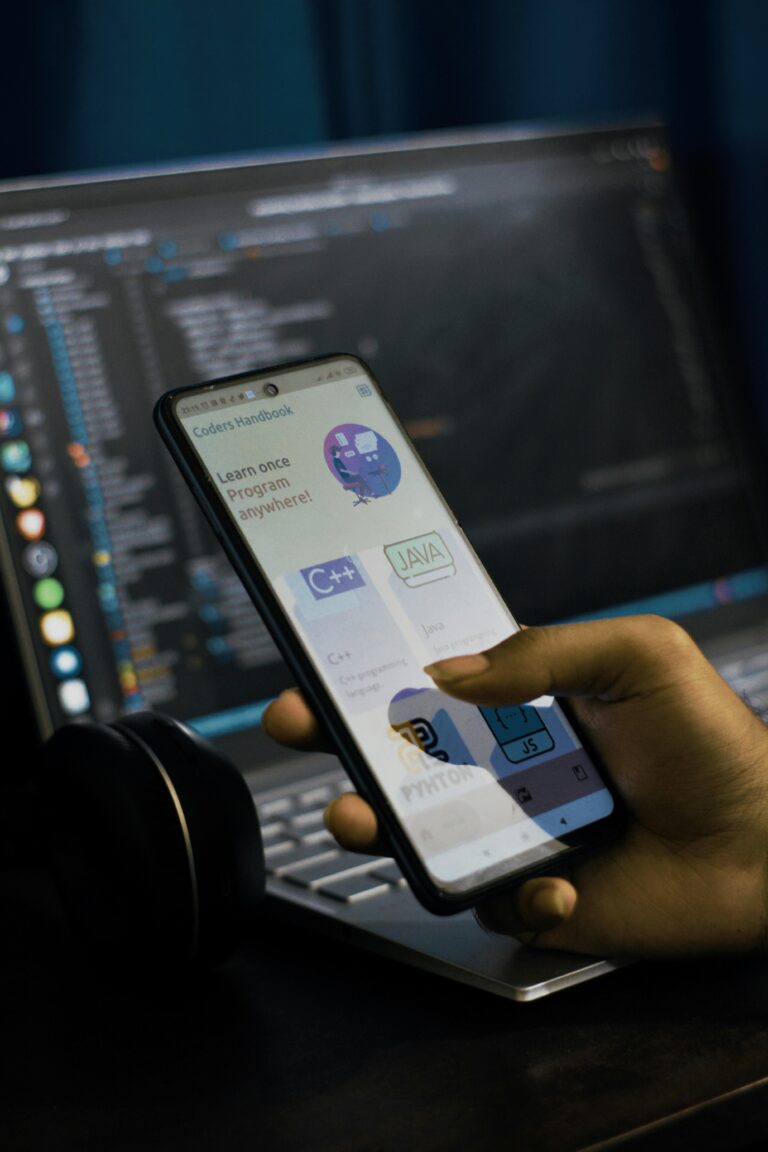In recent years, the educational technology landscape has witnessed a significant transformation, marked by the rapid rise of innovative learning applications. These new educational apps are gaining widespread popularity among students, educators, and parents alike, reshaping traditional approaches to teaching and learning. Driven by advancements in digital technology and a growing demand for flexible, personalized education solutions, this trend signals a pivotal shift in how knowledge is accessed and consumed worldwide. This article explores the factors fueling the surge in adoption of these apps and their impact on the future of education.
Table of Contents
- Emerging Features Driving Engagement in Educational Apps
- Impact of Mobile Learning on Traditional Education Models
- Challenges and Opportunities for Developers in a Competitive Market
- Strategies for Selecting the Right Educational App for Diverse Learning Needs
- Insights and Conclusions
Emerging Features Driving Engagement in Educational Apps
Advancements in technology have ushered in a new era for educational apps, with features specifically designed to boost learner engagement. Adaptive learning algorithms tailor content to individual progress and preferences, making study sessions more effective and less monotonous. Additionally, the integration of gamification elements such as badges, leaderboards, and challenges encourages healthy competition and motivation among users, significantly increasing daily active participation rates.
Beyond personalization and game mechanics, immersive experiences through augmented and virtual reality are transforming traditional learning methods. These interactive environments allow students to explore complex concepts firsthand, fostering deeper understanding and retention. Key emerging features include:
- Real-time collaboration tools: Enabling peer-to-peer learning and instant feedback
- AI-driven tutoring: Providing personalized guidance 24/7
- Voice recognition: Facilitating hands-free navigation and practice
| Feature | Impact on Engagement | Typical User Benefit |
|---|---|---|
| Adaptive Learning | Increased retention | Customized pace |
| Gamification | Motivates consistent use | Fun progress tracking |
| Immersive AR/VR | Enhanced understanding | Hands-on exploration |
Impact of Mobile Learning on Traditional Education Models
Mobile learning has significantly disrupted the once rigid framework of traditional education models, ushering in an era of flexibility and personalization. Students now engage with content at their own pace, leveraging apps that support diverse learning styles, from visual to kinesthetic. This shift challenges conventional classroom dynamics by fostering greater interactivity and immediate feedback, enabling educators to tailor lessons more effectively. Institutions embracing mobile integration report enhanced student motivation and improved retention rates, signaling a transformative evolution in teaching methodologies.
Key benefits driving this paradigm shift include:
- Accessibility beyond geographical and time constraints
- Real-time analytics to track and respond to student progress
- Collaborative tools that encourage peer-to-peer learning
- Cost-effectiveness through reduced need for physical materials
| Traditional Model | Mobile Learning Model |
|---|---|
| Fixed schedules and locations | 24/7 learning with anywhere access |
| One-size-fits-all curriculum | Customized learning paths |
| Limited feedback intervals | Instant assessment and adaptive content |
| Physical textbooks and materials | Interactive multimedia content |
Challenges and Opportunities for Developers in a Competitive Market
Developers entering this vibrant market face the dual challenge of differentiation and rapid innovation. With countless apps vying for attention, the pressure to integrate cutting-edge technology such as AI-driven personalization and adaptive learning algorithms has never been higher. Beyond just functionality, user engagement and retention strategies need to evolve, pushing creators to blend educational content seamlessly with intuitive interfaces and gamified experiences that captivate diverse age groups.
However, these challenges come paired with significant opportunities. The surge in demand for remote and hybrid learning solutions opens doors to collaborate with educational institutions and leverage data analytics for continuous improvement. The table below highlights key aspects where developers can strategize for maximum impact:
| Opportunity | Potential Benefit | Developer Focus |
|---|---|---|
| Collaborations with Schools | Expanded user base | Curriculum alignment |
| Subscription Models | Steady revenue stream | Content updates |
| Multilingual Support | Global reach | Localization |
| Data-Driven Insights | Enhanced learning outcomes | Analytics integration |
Strategies for Selecting the Right Educational App for Diverse Learning Needs
When choosing an educational app tailored for diverse learning needs, it is essential to prioritize adaptability and inclusivity. Apps that offer customizable features-such as adjustable difficulty levels, varied content presentation styles, and multiple language support-tend to reach a broader spectrum of learners. Additionally, evaluating the app’s accessibility options, like text-to-speech, closed captions, and color contrast settings, ensures that users with different abilities receive an optimal educational experience. Parents and educators should also consider whether the app provides ongoing feedback mechanisms that help track progress and adjust learning paths accordingly.
Moreover, selecting apps with evidence-based content and a user-friendly interface enhances engagement and effectiveness. It is vital to assess whether the app incorporates diverse teaching methodologies, such as visual aids, interactive exercises, and gamification, which appeal to various learning styles. Below is a quick comparison table highlighting key features to consider:
| Feature | Benefit | Ideal For |
|---|---|---|
| Customizable Difficulty | Personalizes learning pace | All learners, especially those with different proficiency levels |
| Multimodal Content | Engages different sense preferences | Visual, auditory, and kinesthetic learners |
| Accessibility Features | Ensures usability across abilities | Students with disabilities |
| Progress Tracking | Monitors and adjusts learning | Educators and self-directed learners |
Insights and Conclusions
As the landscape of education continues to evolve, the surge in popularity of new educational apps underscores a significant shift toward digital learning solutions. These tools not only offer greater accessibility and personalized experiences but also reflect the growing demand for innovative approaches in education. Stakeholders in the education sector will need to monitor these developments closely, ensuring that the integration of such technologies enhances learning outcomes while addressing potential challenges. Ultimately, the rising trend of educational apps signals a promising future where technology and education increasingly intersect to benefit learners worldwide.

